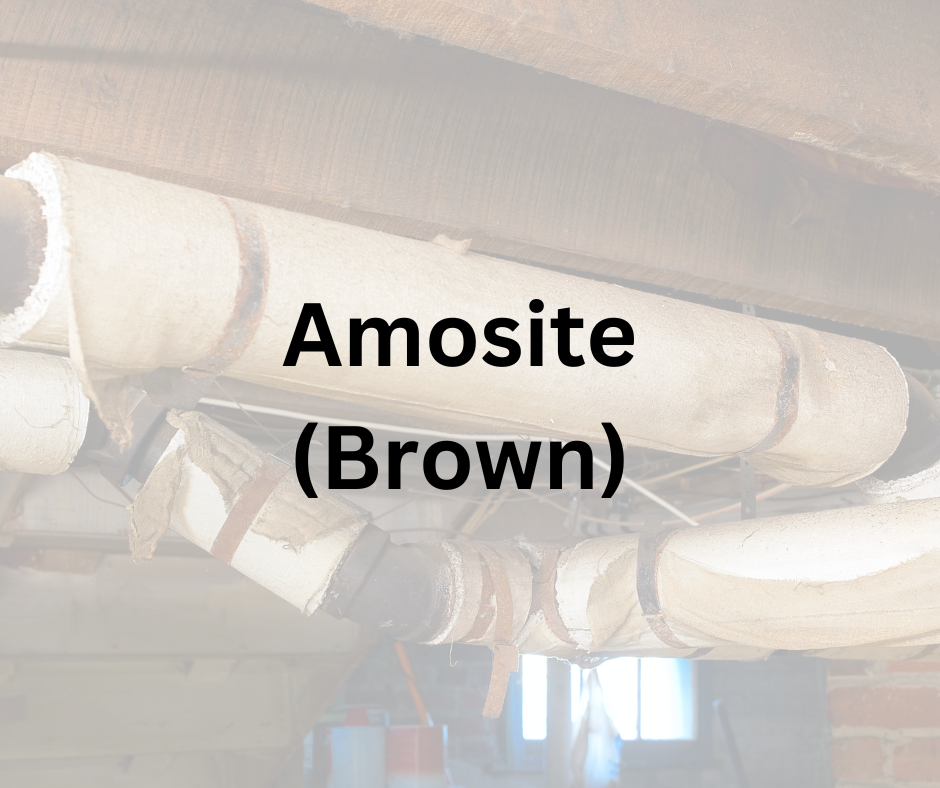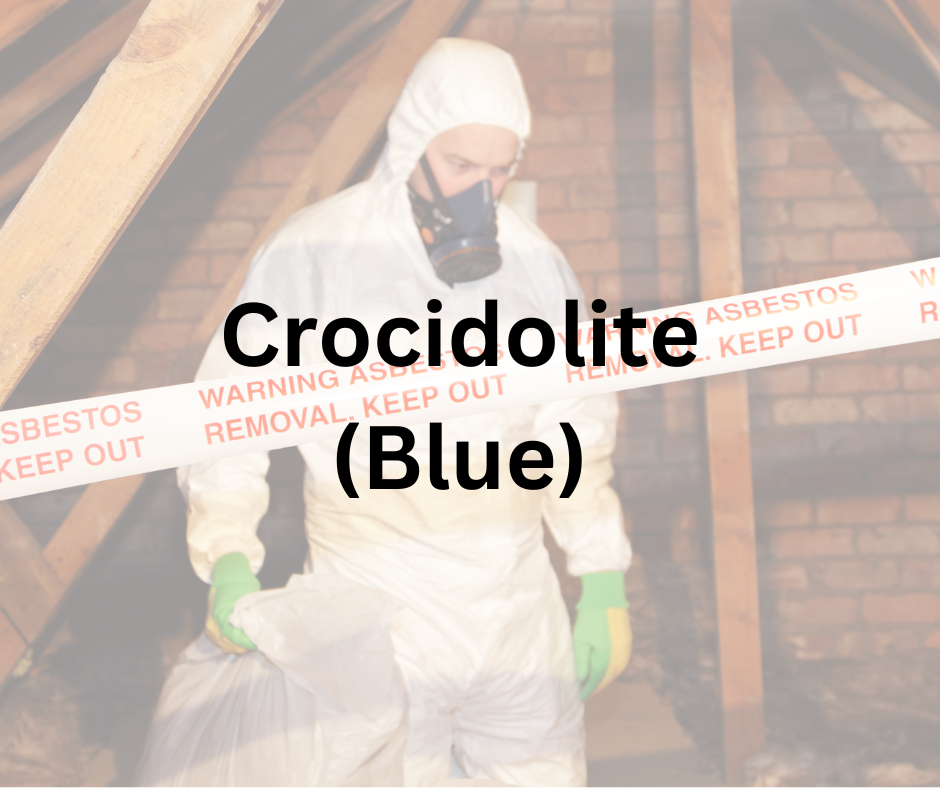Asbestos Awareness
Due to the risks to health following inhalation exposure to asbestos the importation of blue and brown asbestos has been banned in the UK since 1985. This ban was extended to include white asbestos in 1999.
Due to the risks to health following inhalation exposure to asbestos the importation of blue and brown asbestos has been banned in the UK since 1985. This ban was extended to include white asbestos in 1999.
Asbestos is the name given to a group of naturally occurring fibrous minerals and there are many forms. The following are the most common types used within industry: Chrysotile (White), Crocidolite (Blue), Amosite (Brown).
The groups of fibres differ in their mechanical and chemical properties. The different types of asbestos can be found on their own or as a mixture with any other of the fibres. They cannot usually be identified by their colour alone as this can easily change when combined with other substances or when processed with other chemicals or heat.
The supply, importation and use of blue and brown asbestos was totally banned within the U.K. in 1985, with a general ban on white asbestos following in 1999 (there were slight exceptions for the specialist use of white asbestos, however a total was enforced on 01/01/2005).



Although it should have not been used as a new building material in any form since at least 1999, many thousands of tonnes of it were used in buildings in the past. A large amount of asbestos is still out there but it cannot easily be identified from its appearance.
Some ACMs are more vulnerable to damage and more likely to release fibres than others. In general, the materials which contain a high percentage of asbestos are more easily damaged. If asbestos containing material remains intact, and in a position where it cannot easily be damaged, it will not pose a risk to health by releasing fibres into the air.
Sprayed coatings, lagging and insulating board are more likely to contain the more dangerous blue or brown asbestos. Asbestos insulation and lagging can contain up to 85% asbestos and are most likely to release fibres when disturbed. Work with asbestos insulating board (AIB) can result in equally high fibre release if power tools are used. On the lower scale, asbestos cement contains only 10% – 15% asbestos. The asbestos is tightly bound into the cement and the material will only give off fibres if it is badly damaged or broken.
In any circumstance where there is an accidental discovery or uncontrolled release of asbestos into the workplace then measures, including emergency procedures, should be in place to limit exposure and the risks to health.
The body naturally deals with any asbestos fibres that you might take in with food and water but high exposures to ACMs can lead to stomach cancers (Peritoneal mesothelioma). The skin provides a resilient barrier to prevent asbestos fibres being absorbed into the body but heavy exposure can cause calluses or corns, but nothing more serious.
Wherever possible, all exposures to asbestos should be avoided, however, that does not mean that you should necessarily worry about a one-off exposure. Accidental exposures to asbestos may occur and can be a cause of much concern and distress to the individuals concerned. The risk of developing an asbestos-related disease depends how much asbestos you are exposed to, for how long and on how many different occasions. A one-off short-term exposure is unlikely to be of concern, but each time you are exposed, the risk increases a little bit more. Think of this like smoking; the more times you smoke, the greater your risk of developing lung diseases.
Asbestos Awareness Training should be provided for employees who may come into contact with asbestos-containing materials and they should be informed about the presence and location of asbestos within their work premises and when working on clients’ sites. Appropriate safe systems of work and personal protective equipment (PPE) should be provided when working near asbestos.
You can be putting the health of your employees and non-employees at risk, be subjected to legal action in criminal and civil courts, suffer significant financial costs from fines and remediation, and your business could suffer reputational damage from which it may not recover.
Even minor repairs can release asbestos fibres, such as drilling through an Artexed ceiling. Some short duration work on selected products is allowed but generally, only licensed asbestos professionals should carry out repairs or removal to ensure safety and compliance with legal requirements.
This depends on the lease agreement. Generally, the duty holder is the person or organisation responsible for maintenance and repairs of the building (for example the landlord or an appointed Building Management Company). Employers must clarify this in the lease to ensure compliance.
An initial asbestos survey is essential, and regular re-inspections should be conducted at intervals determined by the condition and location of the asbestos. Typically, this is annually, but it may vary based on risk assessments.
Contact us if you need any further information or support
Breathing in asbestos fibres can eventually lead to a number of fatal diseases/conditions: The most common are Asbestosis, Lung Cancer, Mesothelioma and Pleural Plaques.
Working with asbestos can lead to an increased risk of developing lung cancer. Smoking can increase this risk further. These two risk factors combined appear to have an effect that is greater than the sum of the individual increases of risk from smoking or asbestos exposure alone. Ex-smokers have been shown to be at a significantly lower excess risk than current smokers.
There are no known cures for asbestos-related diseases and they may not appear until many years after the first exposure, which can vary between 15 and 60 years. The symptoms may include: Shortness of breath; Coughing or a change in cough pattern; Blood in the sputum (fluid) coughed up from the lungs; Chest or abdominal pain; Difficulty in swallowing or prolonged hoarseness and/or significant weight loss.
On the most current data released, there are approximately 5000 deaths a year due to asbestos-related diseases, and approximately 2300 deaths are due directly to Mesothelioma.
Many of the people currently suffering from asbestos related diseases formally worked in the building trade. They were exposed to asbestos fibres in their day-to-day work with asbestos containing materials or because work with asbestos was carried out near them.